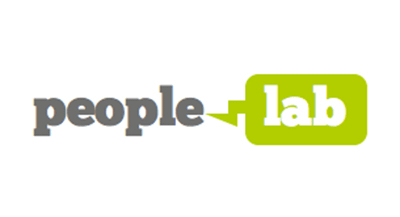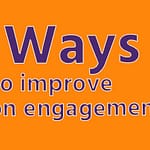Emma Bridger, Director at People Lab
There’s no doubt that employee engagement has come a long way in the last decade. It has moved from a management buzzword to something which is being taken seriously in companies, and seen as a critical element of the HRM. But although the business case has been well made, and we now have a much greater understanding of what we mean by employee engagement, do you ever stop to ask why it is that engaged employees go the extra mile? Why do engaged employees work harder, produce better results, are more innovative, ultimately outperform this employees who are not engaged or actively disengaged?
The answers to these questions can be found in the world of psychology, and specifically, positive psychology. Positive psychology is a branch of psychology which has been around for about the last twenty years or so. Positive psychology as a movement within the academia of psychology was born out of Martin Seligman’s research on learned helplessness, which in turn led to a focus on learned optimism. Positive psychology does not claim to have discovered the value of a positive approach and thinking, but helps us to understand under what conditions individuals flourish and thrive. And whilst we can debate exactly how we define employee engagement, it is difficult to argue against the idea that engaged employees flourish and thrive.
In his book, The Happiness Advantage, Shawn Achor describes how happiness at work fuels success and performance: the research also helps to explain why engaged employees outperform others. Watch Shawn in action, presenting his famous Ted Talk here.
In his book, Shawn talks about the formula for success that many of us have followed throughout our lives:

This encapsulates the way many of us are educated, parented, and certainly the way many of us approach work: if I can get a new job, more money, a promotion I’ll be happier in my job, and I’ll be engaged. However what Shawn Achor argues is that this formula is broken, with each victory our goal posts are pushed over the cognitive horizon, and whilst we may experience an initial high from achieving these goals, pretty soon we’re moving onto the next one: we never quite reach the place we’re trying to get to. In fact, what Shawn argues is that the formula is the wrong way around, and that we need to think about it in the following way:
Advances in positive psychology and neuroscience, over the last decade or so, have provided a body of evidence to back this up. What we find is that being in a happy or positive state is actually a precursor to success, rather than the result of such success. These findings certainly help to explain why engagement is a lead indicator rather than a lag indicator of performance within organisations. That is if we have an engaged workforce, we see this play out in subsequent business performance and outcomes. In essence, engagement comes first.
And there is a relatively simple, scientific explanation as to why this is the case. When we experience positive emotions, we observe a rise in levels of serotonin and dopamine, which are neurotransmitters: chemicals released by nerve cells to send signals to other nerve cells. These chemicals not only make us feel good, but they also enhance the learning within our brains. These learning centers help us to organize new information more effectively, retain information for longer, and retrieve information more quickly. They also enable us to make and sustain more neural connections which then allow us to think quicker, more creatively, see things in a different way, improve our problem solving capability, and analyse complex information more skillfully.
To summarise, when we are engaged at work we experience more opportunity for positive emotions, and when we experience these positive emotions the release of associated chemicals enable us to perform at a higher level: engagement leads to better performance.
If you’d like to find out more about the relationship between positive psychology and employee engagement, take a look at our detailed Slideshare presentation here. Alternatively, feel free to contact a member of the People Lab team for more information.




